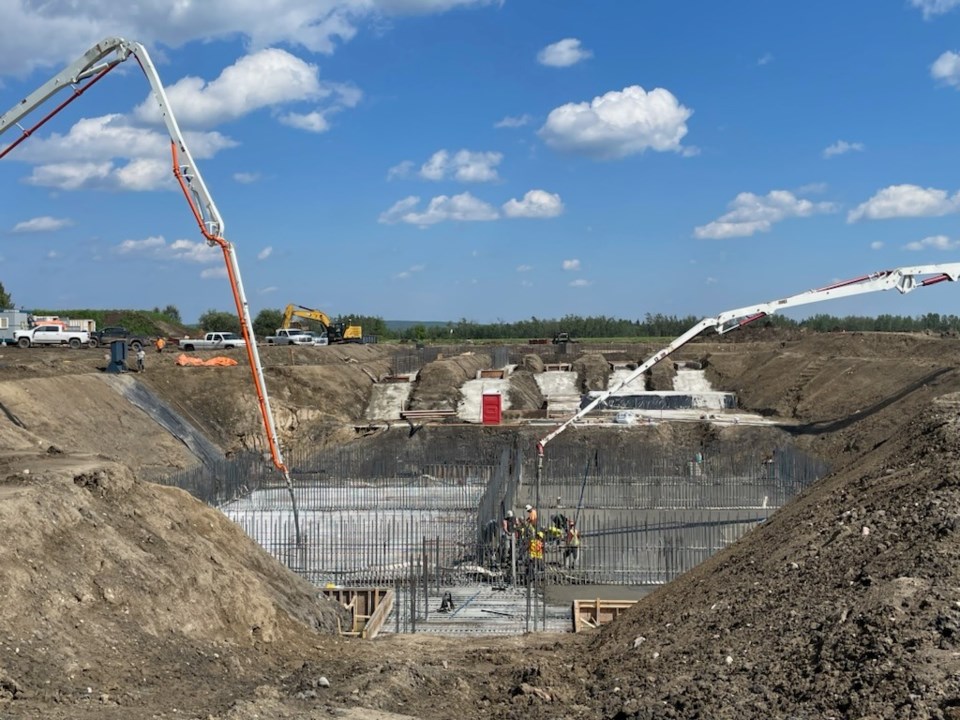COLD LAKE - A $35 million wastewater treatment plant continues to move forward in Cold Lake, featuring a state-of-the-art Moving Bed Biofilm Reactor (MBBR) system for enhanced efficiency.
At the Jan. 21 Corporate Priorities meeting, administration provided an update on the project.
The Wastewater Treatment Plant project, which received the official go-ahead on April 12, 2024, promises enhanced environmental protection and sustainability for years to come.
"I know that there's been some questions on City council because it is a significant project being in around that $35 million worth of infrastructure,” said CAO Kevin Nagoya
He described the MBBR system, saying, "The moving bed bioreactor again is basically a big swimming pool, which you don't want to swim in, filled with media that has surface area that helps the little bugs and organisms eat and process the wastewater."
Nagoya added, the project has faced construction challenges, including the need to bring in additional contractors and equipment from across the province to meet requirements.
Coun. Ryan Bailey highlighted that the MBBR system is well-suited for Cold Lake’s climate and offers significant cost savings compared to traditional wastewater treatment plants. He noted that the technology is cutting-edge and more economical to build and operate.
Nagoya highlighted that Cold Lake's pilot project received federal funding, and as a result, several other municipalities in the province have adopted the Moving Bed Biofilm Reactor (MBBR) technology, following the successful outcomes of Cold Lake's project.
He added that the federal government increased its funding support after recognizing the project’s value as a model for other municipalities.
Despite the benefits, the site faces operational hurdles, particularly in energy supply.
Nagoya noted that the site faces challenges in accessing natural gas, so like the regional water transfer station, it will rely on propane for operation.
Nagoya added that the plant's design is being adjusted for extreme cold weather, as similar systems have experienced freezing in shallow channels. Measures like covering channels with fabric will help prevent issues.
It was announced by administration that the facility is set to be operational by 2026 and will enhance wastewater processing efficiency while being cost-effective and well-suited for cold climates.



